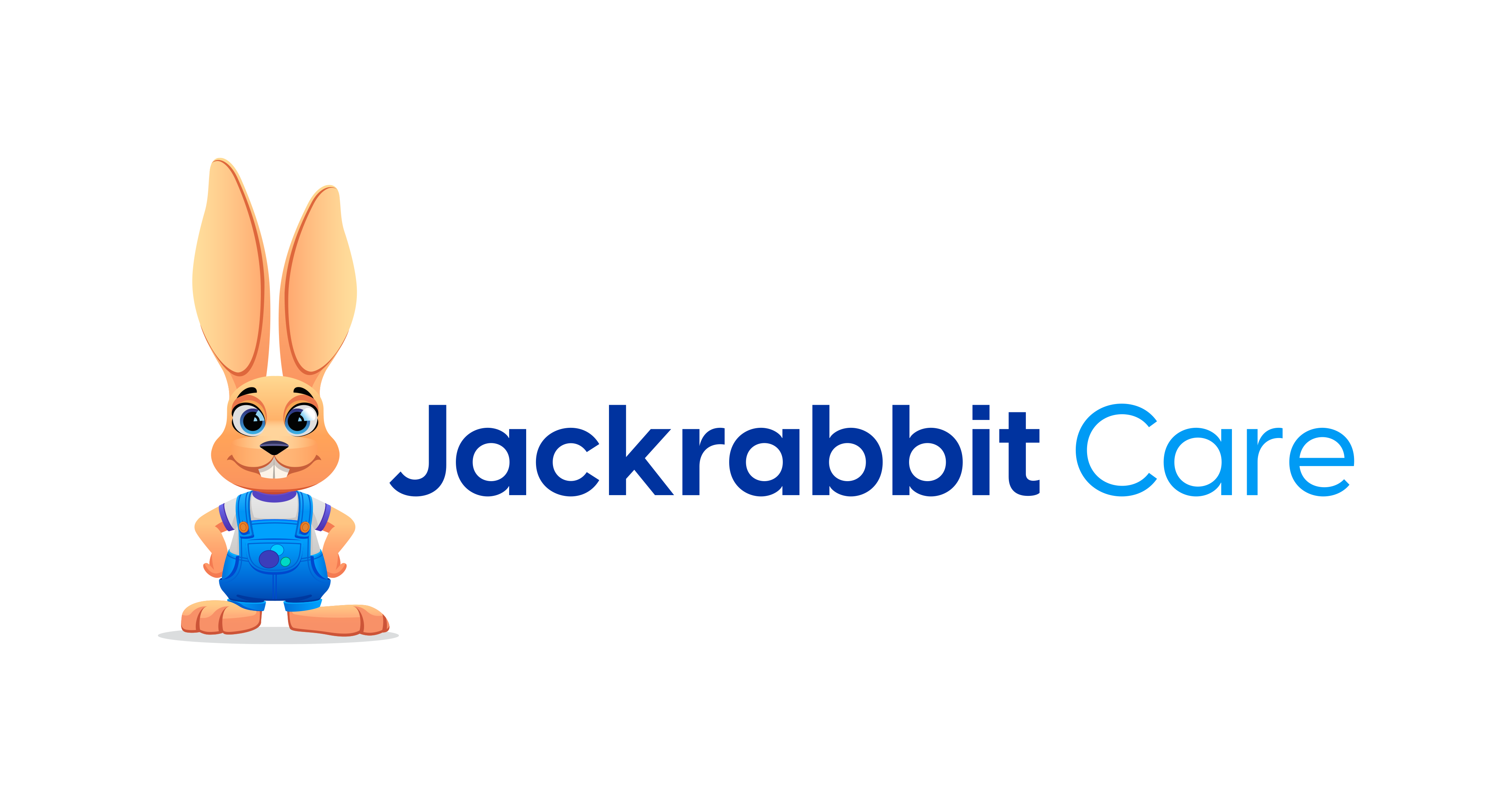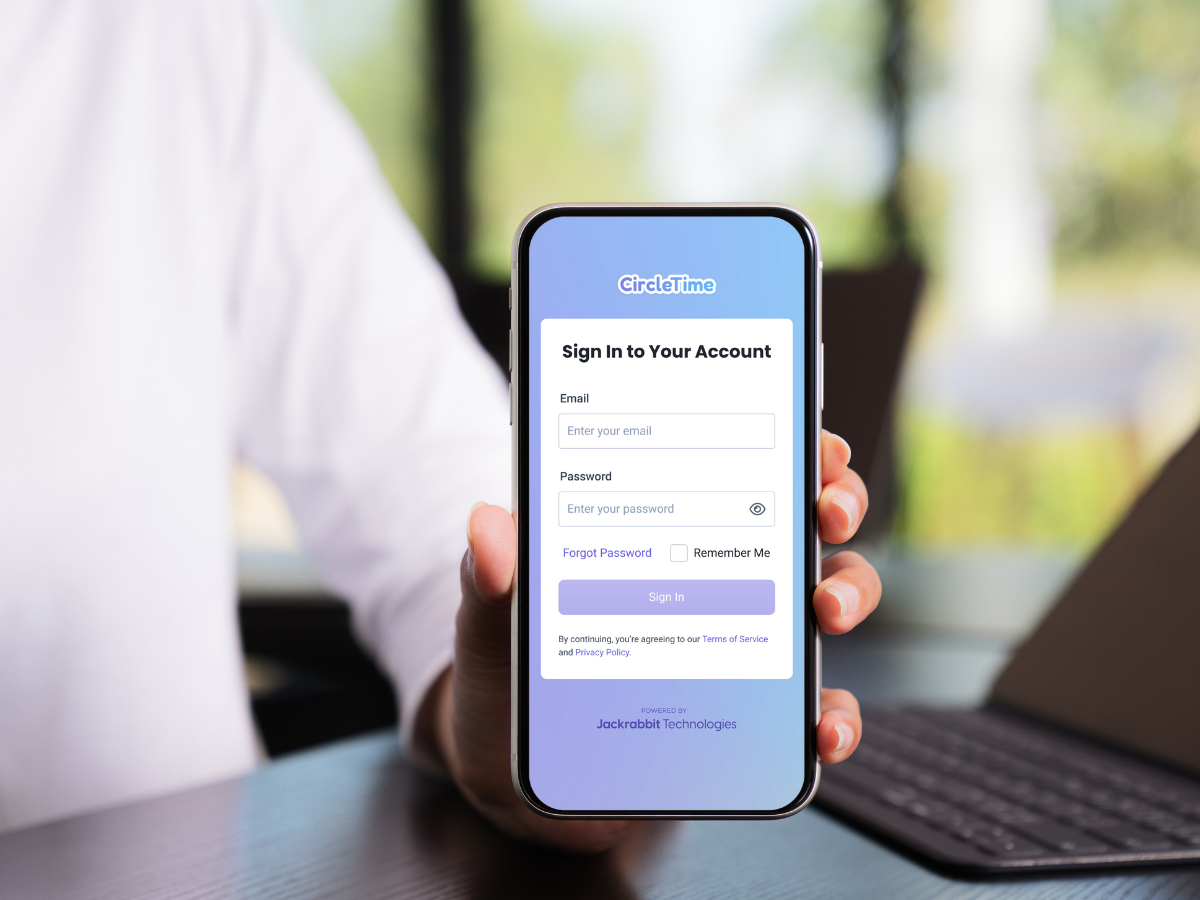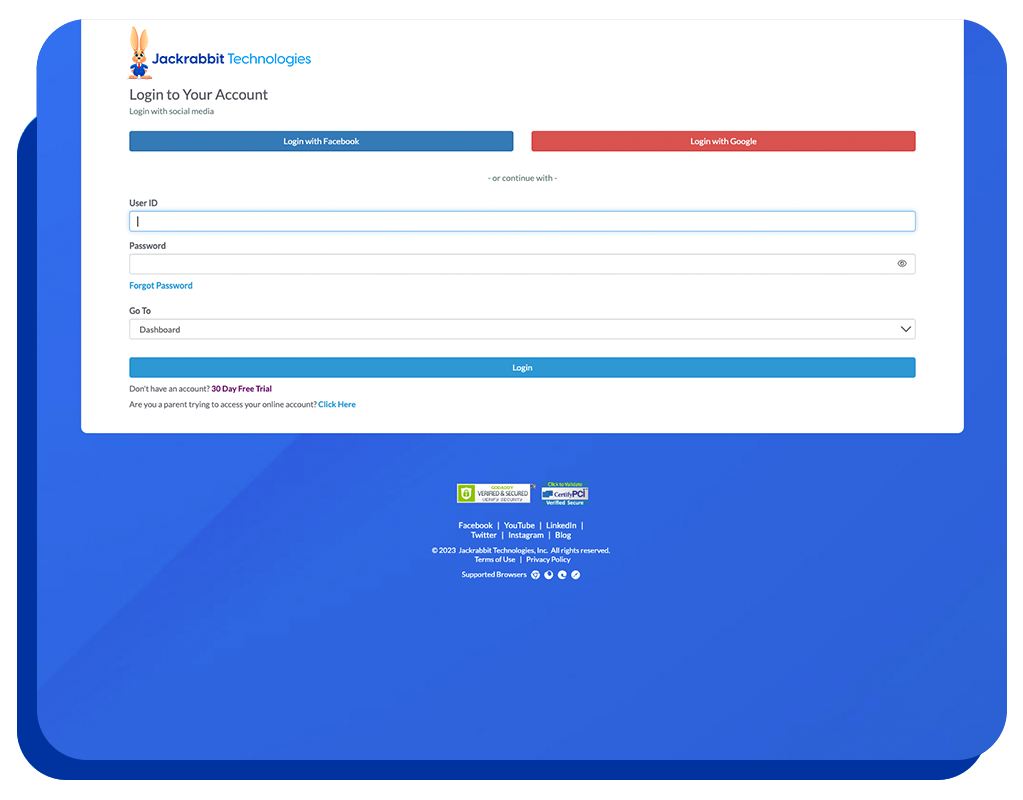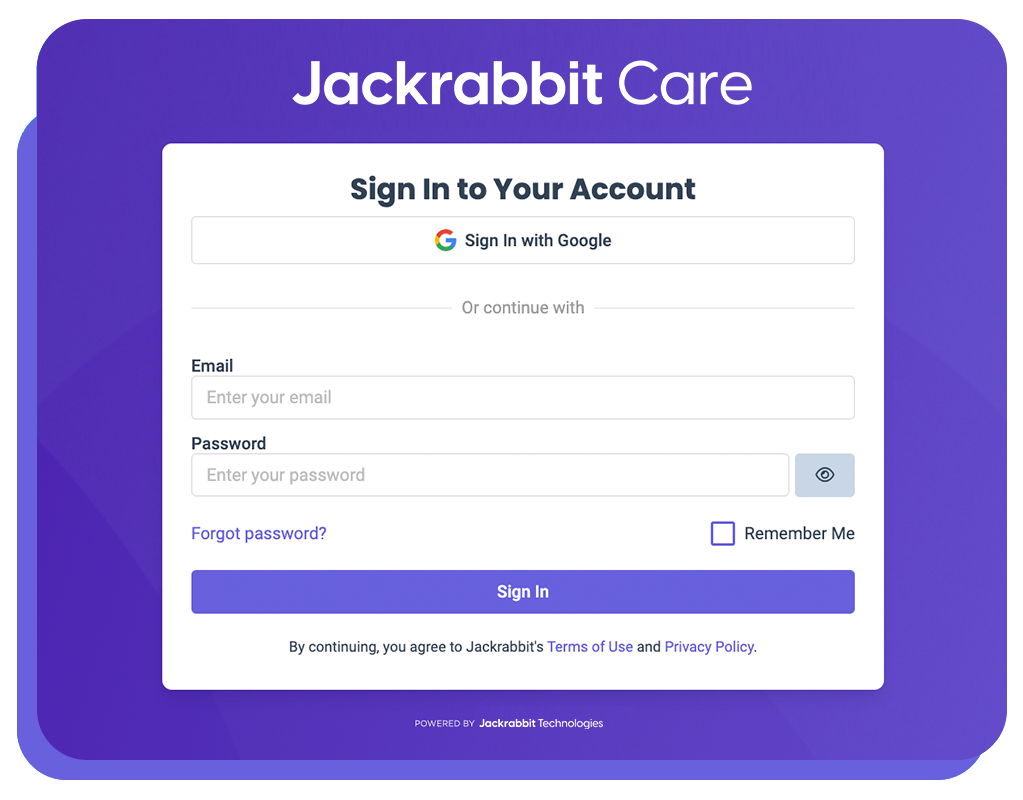In dealing with difficult customers, anger is generally what you or your staff has to deal with. There probably are few more stressful situations in your center than when an unhappy and difficult customer confronts you and is bent on expressing the anger the situation has aroused in him or her.
We’re sharing some key points to remember when this situation arises. Beyond these points, we believe that creating policies and establishing a process for handling angry customers is helpful for you, your staff and your customers.
Points to Remember:
Anger makes rationality impossible. The angry customer is so involved in their emotions (anger) that they practically block out everything else. This is because they’re stuck in the right side of their brain where their emotions (anger) lives. They can’t get themselves over into the left side of their brain where problem solving (rationality) lives. Know this and move on because you cannot change it.
Be aware of the need for you to acknowledge their anger. They expect you to respond to their anger and if you don’t they will not be willing to move on in communicating. Until you respond to the anger, they will not feel that they are getting their point through and will continue to get angrier and the situation will become more and more difficult to diffuse or resolve. Even a statement as simple as “I can see that you’re upset and I want you to know that getting to the bottom of this is as important to me as it is to you” will help your communication to move ahead instead of spinning around their anger.
You and your center will be in a better position at the end of this conversation if you work on diffusing the difficult customer’s anger first – before you try to resolve the issue. So remember #1 – diffuse, #2 problem-solve. The customer will be more likely to be listening to you if you follow this order. They may actually get out of the right (emotional) side of their brains! If you try the reverse, your customer will still be emotional, not fully able to rationalize and in any attempt to negotiate, your center will end up offering more to abate their anger than if diffusion happens first. Knowing this will help you to more easily and confidently respond to anger.
The issue is no longer the “real” issue. When anger is involved, it is all about the way the conflict is handled. They can easily get over the extra $4 that was charged to their account if the situation is managed and resolved by your center.
The most perfect comparison that I’ve seen is one between an angry customer and an erupting volcano. When erupting, there is nothing you can do about. You can’t stop it, speed it up or redirect it. You have to just give it space and let it happen.
So the next time you see an angry customer heading your way, think of the erupting volcano. Don’t try to calm them or interrupt them. Just as the volcano eventually subsides, so will your angry customer. It is best to let them slow off their head of steam and then perhaps cool down a little. Only then will you be able to begin to diffuse their anger and eventually resolve the issue. It may even be in your best interest to apologize. Often apologies help the angry customer to begin to rebuild their trust in you and your center. The fact is that apologizing alone has been proved to reduced lawsuits settlement and defense cost when a conflict reaches that level.
Your goal is keeping your customer, not being right. You cannot win an argument with a customer. While you can make your point and you can prove your position. And you may actually even be right. The real issue here is changing your angry customer’s mind and that isn’t going to happen. If they are determined that you’re wrong, you almost may as well be. The best hope for keeping this customer is to avoid an argument – regardless of right or wrong.
One of the best things for you in following the #1 diffuse/#2 problem-solve procedure is that it will reduce YOUR stress level. And when you are less stressed everyone in your center (and in your family) wins!
Establish Your Own Process
In addition to these Points to Remember, there is advice that can help when you’re dealing with difficult customers on a site called Mind Tools.com. Although not directly focused on child care centers, the steps described in the Mind Tools information can lay out a process for you that will be helpful – especially if you struggle with these situations and suffer undue stress when difficult customers approach you.
You may also want to help your staff by providing training for them in handling angry customers in the ways that will work out the best for everyone.
Mind Tools’ steps include Adjusting Your Mindset, Listening Actively, Repeating Their Concerns, Being Empathic and Apologizing, Presenting a Solution, Taking Action and Following-up and Using the Feedback. You can see where our initial Points to Remember fit into the Mind Tools process!
























